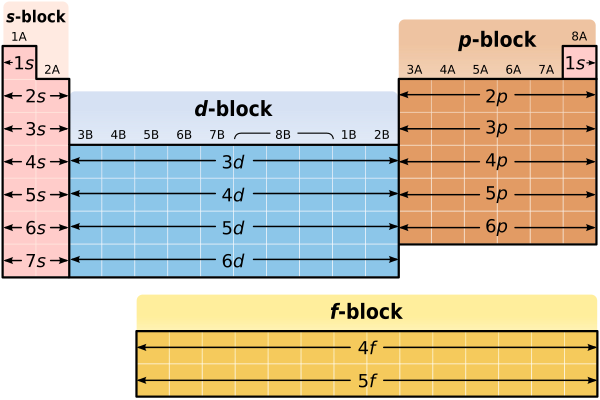In this lab, we used our knowledge of molarity to determine who killed Miss Scarlet and with what. We were told that the substance that killed her was either silver nitrate or potassium iodide. We were also given a list of suspects that all had one of those two solutions in their possession, but with different molarities.We were also given sodium chloride and sodium carbonate to test with the unknown solution to determine its identity.
Before we got into lab, we had to see which of the two options for the unknown substance (the substance used to kill Miss Scarlet) would react with which indicator, if any. For this we used our knowledge of double replacement reactions and solubility rules. The calculations for this step are shown below.
When we tested the unknown substance with sodium chloride, the solution turned white, indicating a reaction. This meant that the unknown substance was silver nitrate. Then, we mixed 10 mL of silver nitatrate with 20 mL of .100M sodium chloride. The solution is pictured below.
We then used filter paper (which we took the initial mass of) and filtered the solution into a separate beaker. We gave the filter paper a day to dry then took the final mass of it. We subtracted the initial mass from the final mass to find the mass of the precipitate. The calculations for this are shown below.
We took this to find the molarity of the silver nitrate, which was .09M. This placed the murder substance in between the molarities of .05 and .15 which was listed in the suspect description of...
Helpful links that may help to understand this lab:






















